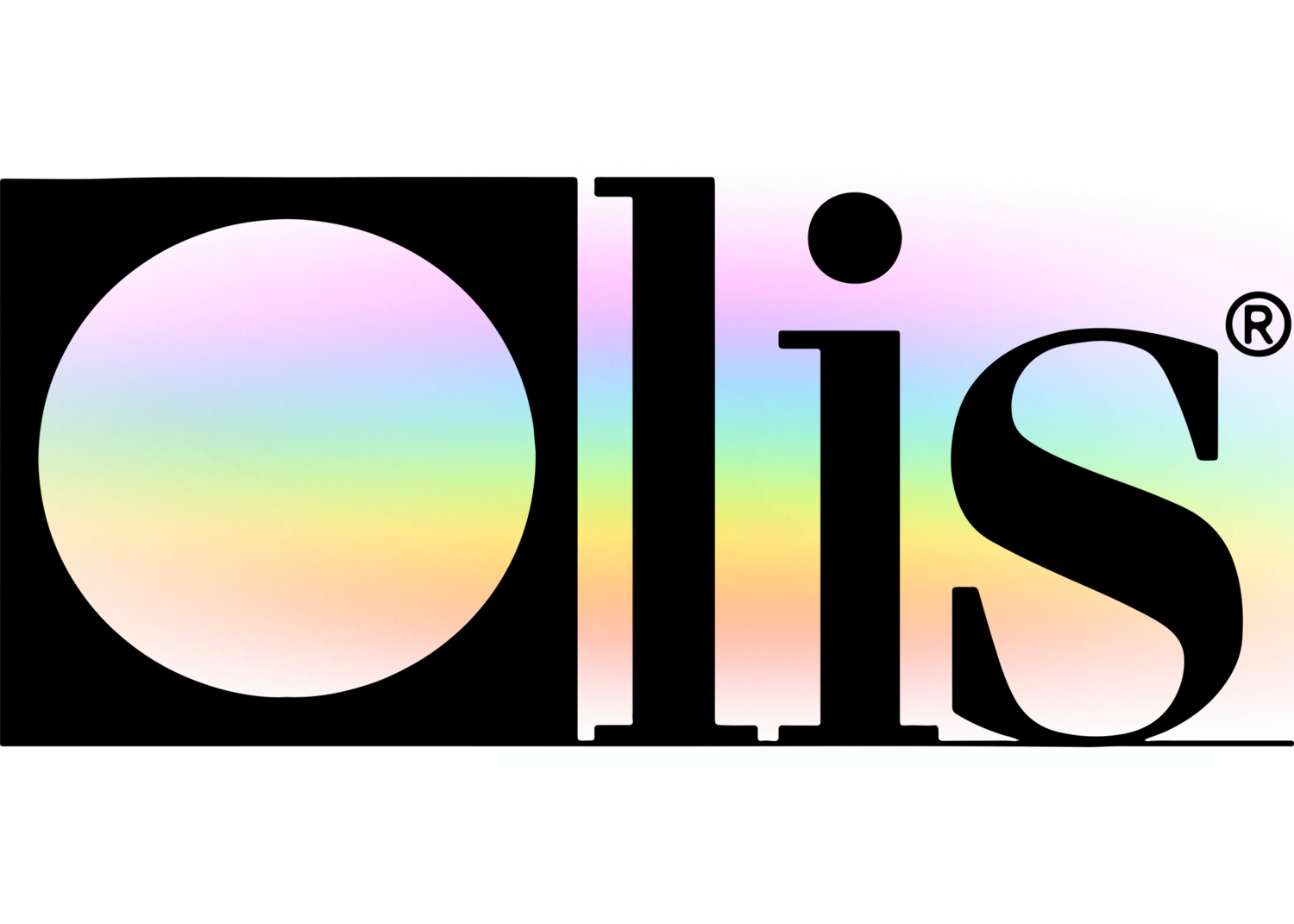Circular Dichroism Can Be Fun For Anyone
Circular Dichroism Can Be Fun For Anyone
Blog Article
Some Known Questions About Circularly Polarized Luminescence.
Table of ContentsOur Spectrophotometers DiariesThe 8-Minute Rule for Uv/vis/nirThe Only Guide for Uv/vis/nirSome Known Details About Circularly Polarized Luminescence What Does Spectrophotometers Mean?

Although spectrophotometry is most typically applied to ultraviolet, visible, and infrared radiation, modern spectrophotometers can question large swaths of the electro-magnetic spectrum, including x-ray, ultraviolet, visible, infrared, and/or microwave wavelengths. Spectrophotometry is a tool that hinges on the quantitative analysis of molecules depending on how much light is soaked up by colored compounds.
What Does Uv/vis/nir Do?
A spectrophotometer is frequently used for the measurement of transmittance or reflectance of solutions, transparent or nontransparent solids, such as polished glass, or gases. Although many biochemicals are colored, as in, they take in noticeable light and therefore can be measured by colorimetric procedures, even colorless biochemicals can typically be transformed to colored substances ideal for chromogenic color-forming reactions to yield compounds appropriate for colorimetric analysis.: 65 However, they can likewise be created to determine the diffusivity on any of the noted light ranges that usually cover around 2002500 nm utilizing various controls and calibrations.
An example of an experiment in which spectrophotometry is used is the determination of the stability constant of a solution. A particular chain reaction within a service may take place in a forward and reverse direction, where reactants form items and products break down into reactants. At some point, this chemical reaction will reach a point of balance called a balance point.
The 25-Second Trick For Uv/vis/nir
The amount of light that passes through the solution is indicative of the concentration of specific chemicals that do not permit light to pass through. The absorption of light is due to the interaction of light with the electronic and vibrational modes of molecules. Each type of particle has a specific set of energy levels associated with the makeup of its chemical bonds and nuclei and thus will absorb light of specific wavelengths, or energies, resulting in special spectral homes.
They are extensively utilized in numerous markets consisting of semiconductors, laser and optical manufacturing, printing and forensic evaluation, as well as in labs for the research study of chemical substances. Spectrophotometry is often used in measurements of enzyme activities, determinations of protein concentrations, determinations of enzymatic kinetic constants, and measurements of ligand binding reactions.: 65 Ultimately, a spectrophotometer is able to figure out, depending on the control or calibration, what compounds are present in a target and precisely how much through calculations of observed wavelengths.
Developed by Arnold O. Beckman in 1940 [], the spectrophotometer was created with the help of his associates at his company National Technical Laboratories founded in 1935 which would end up being Beckman Instrument Company and eventually Beckman Coulter. This would come as an option to the formerly created spectrophotometers which were unable to soak up the ultraviolet properly.
Top Guidelines Of Circularly Polarized Luminescence
It would be found that this did not give acceptable outcomes, for that reason in Model B, there was a shift from a glass to a quartz prism which enabled much better absorbance results - UV/Vis (https://urlscan.io/result/3823bc3a-74b6-4d0f-8f09-522e983b4d26/). From there, Design C was born with an adjustment to the wavelength resolution which ended up having 3 systems of it produced
It was produced from 1941 to 1976 go to the website where the price for it in 1941 was US$723 (far-UV devices were an option at extra expense). In the words of Nobel chemistry laureate Bruce Merrifield, it was "probably the most essential instrument ever established towards the development of bioscience." Once it ended up being terminated in 1976, Hewlett-Packard produced the first commercially available diode-array spectrophotometer in 1979 understood as the HP 8450A. It irradiates the sample with polychromatic light which the sample absorbs depending upon its residential or commercial properties. It is transferred back by grating the photodiode variety which identifies the wavelength area of the spectrum. Ever since, the development and application of spectrophotometry devices has increased tremendously and has actually turned into one of the most innovative instruments of our time.

How Spectrophotometers can Save You Time, Stress, and Money.
The grating can either be movable or fixed.
In such systems, the grating is repaired and the intensity of each wavelength of light is measured by a various detector in the selection. When making transmission measurements, the spectrophotometer quantitatively compares the fraction of light that passes through a recommendation option and a test service, then electronically compares the intensities of the two signals and calculates the portion of transmission of the sample compared to the recommendation requirement.

Report this page